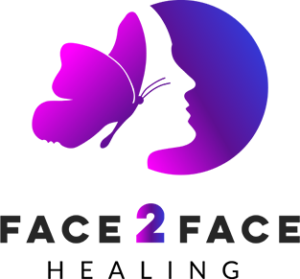Dry eye syndrome is a very common and usually benign condition characterized by a disturbance of the tear film. The abnormality may result in ocular surface, causing a variety of signs and symptoms that interfere with quality of life. Dry eye syndrome is a common disorder of the normal tear film that results from decreased tear production, excessive tear evaporation, and an abnormality in the production of mucus or lips normally found in the tear layer, or a combination of these. Poor production of tears by the tear glands may be a result of age, hormonal changes, or various autoimmunie diseases, such as Sjrogren’s syndrome, rheumatoid arthritis, or lupus. If blinking is decreased or if the eyelids cannot be closed as in my case, the eyes dry out because of tear evaporation. While reading, watching TV, or performing a task that requires close attention with the eyes, such as driving or working on the computer, a person may not blink as often. This decreased blinking allows excessive evaporation of tears. Certain conditions, such as stroke, Bell’s Palsy or other damage to the facial nerve such as cancer, makes it difficult to close the eyes. As a result, the eyes many become dry.
As a head and neck cancer survivor, I have had issues with dry eye syndrome. With facial nerve damage caused by cancer, I was not able to close my right eye completely. I had a gold weight inserted to my right eye lid but my eye still does not close completely. This has left my cornea exposed. I have been working with my Opthalmologist, Dr. Paul Caimino, and he told me that many people suffer from dry eyes. He has provided me some information and treatment options. I have been using Restasis and in the morning and at night along with lacrilube to both eyes before going to bed. It has made a huge difference in my life. Click on the link below titled dry eye treatment which is also included under the resource section.
Dry Eye Treatment




